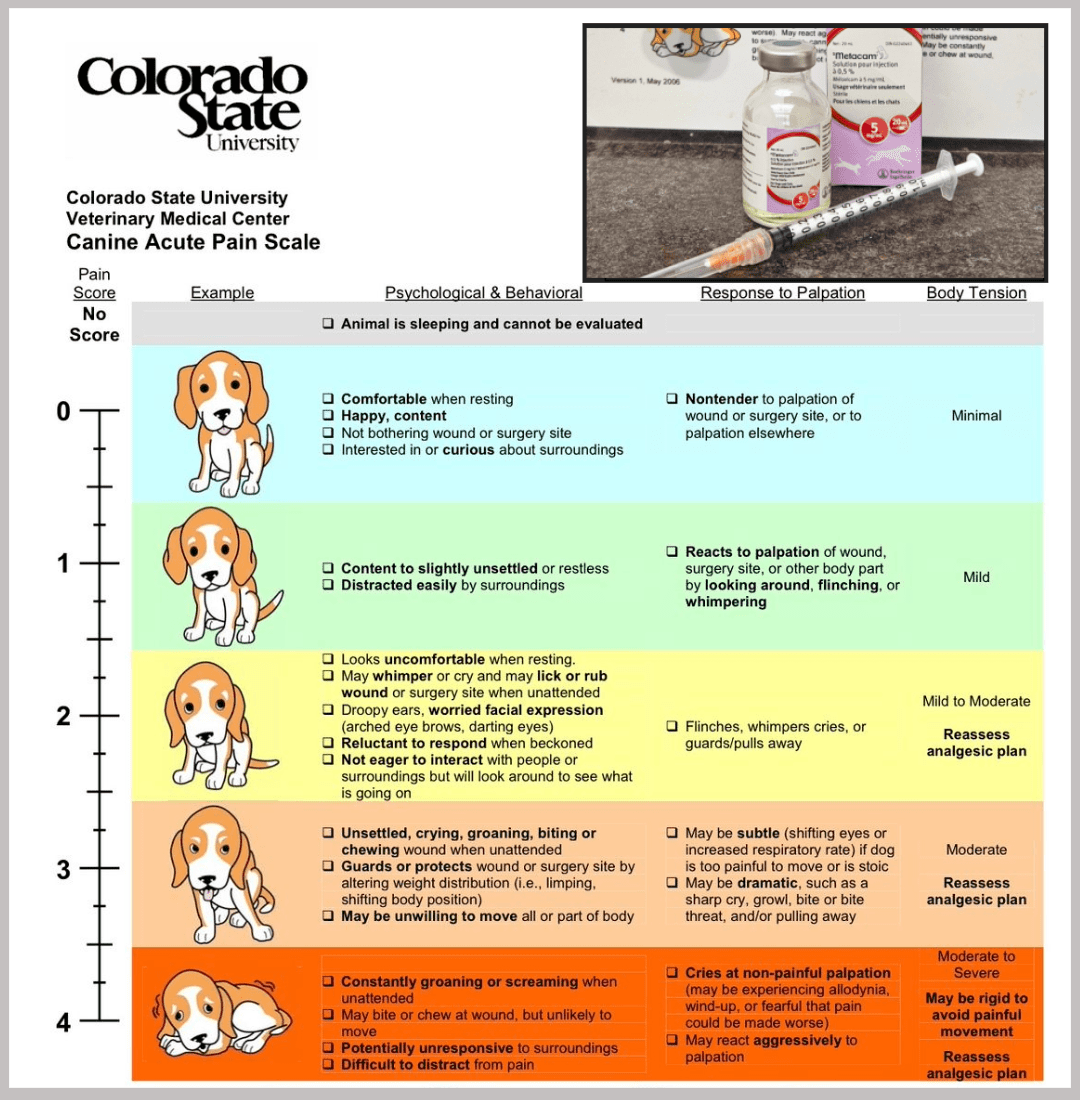Pain Management
Thank you for entrusting us with the care of your pets. At Westway Animal Clinic, our biggest goal is to honour the bond that you share with your companion by providing the utmost compassionate care.
Our discussion with you regarding pain management in animals focuses on the ethical and professional duty of caring for your pet’s well-being to the best of our ability. Unlike humans, dogs and cats cannot directly communicate their sensations and feelings, posing a significant challenge for owners (and sometimes veterinarians) in identifying and managing their pain. The inability to communicate does not negate the possibility that a human or a nonhuman animal experiences pain.
Pain is defined as an unpleasant sensory and emotional experience. It may be secondary to potential tissue damage or organ dysfunction. Frequently, pain is considered to be subjective. The time in which pain has been present is considered to be a major contributor to the pet’s overall “state” of pain. Pain is often classified as either acute/sudden (otherwise known as adaptive pain) or chronic/long-term (maladaptive pain).


To put things into perspective:
Acute(adaptive)pain is typically secondary to various degrees of tissue damage. Some examples include (but are not limited to): surgical procedures, cuts/lacerations, wounds, abscesses, broken bones or ligament injuries, eye injury or internal organ pain caused by a UTI or pancreas inflammation (otherwise known as pancreatitis).
Chronic(maladaptive)pain is categorically known to be a long-standing issues secondary to chronic disease. This includes (but is not limited to;) osteoarthritis, periodontal (tooth + gum) disease or cancer.
It is vital to note that individuals afflicted with persistent discomfort also undergo bouts of sudden, intense pain (known as “acute on chronic” or “breakthrough pain”). The occurrence and severity of this phenomenon vary depending on each patient’s unique medical circumstances.
In 2022, the World Small Animal Veterinary Association (WSAVA) and American Animal Hospital Association (AAHA) published Guidelines for the Recognition, Assessment and Treatment of Pain. These links may be found on our website. Utilizing these guidelines, we have implemented a new behavioral assessment protocol to help us identify acute and chronic pain in our patients. This is also something we encourage our clients to resort to, so that you may better understand and identify the
As a pet owner, identifying the subtleties of chronic pain will be the keystone of effective pain measurement and subsequent management. Long-standing pain conditions produce gradual behavioral changes that may not be overtly obvious to pet parents or may simply be ascribed to aging. Education on chronic pain recognition is paramount.
Available to you are two forms; one for dogs called LOAD and one for cats (known as Feline Musculoskeletal Pain Index Questionnaire Form). This will help guide us to paint an objective picture on your pet’s pain. Please refer to: https://westwaydvm.com/client-forms/
About Us
We exist to focus on the continuous improvement of pets' lives and to create an everlasting connection between pets and their family

